
Several weeks into the Covid 19 pandemic, and four weeks after the closing of The Fieldston School campus and two weeks into the beginning of “remote learning “for the spring 2020 semester, just as The Fieldston News was going on line, senior Maia Handwerker and faculty advisor Bob Montera sat down to discuss the performance of New York Governor Andrew Cuomo during the emergency.
Montera: I was so glad when you contacted me about your urge to write about Andrew Cuomo. In my mind he has been conducting a master class in political leadership. There is something in his handling of this crisis that is worth studying. What alerted you to the fact that something important was going on?
Handwerker: Amidst the catastrophe currently afflicting the state of New York, and specifically the city of New York, with thousands of our residents filling up the hospitals and hundreds dead, Cuomo is a symbol of security. He makes Americans Feel, but he especially makes New Yorkers feel that there is someone here navigating this uncontrollable situation. When everyone feels like the sky is falling, Cuomo keeps his cool. Some days he does it in his suit. Other days he goes without a tie. Sometimes he appears in a well pressed golf shirt. Formal or casual, he exudes confidence.
Montera: Appearance matters. He appears daily, usually between 11 and 12. He is always flanked by the American flag and the flag of The State of New York. The reporters in the room are safely spaced apart from each other. And Cuomo always seems to have a rotating group of health experts, like Health Commissioner Dr. Howard Zucker, and public officials attending. It’s a very democratic space that is also modeling healthy practices. And I think you are right, he speaks to us especially as a New Yorker. He knows the boroughs. After all, he is a guy from Queens–my home town–but he knows that each borough matters. He makes of point of naming the boroughs, naming the neighborhoods, naming the streets, naming the hospitals, naming the jobs brave people are performing. And then he makes the same connections for people in Upstate New York, Westchester and Long Island. We are all in this together and you will be looked after. What else strikes you?
Handwerker: There is something about Cuomo’s voice, his honesty, his knowledge and the way he analyzes the things he broadcasts to the viewers. The man knows what he is talking about. He has an extraordinary sense of the big picture as well as the small details. Yes, the situation is catastrophic, but Cuomo, it seems, at least gives the feeling that he is the best captain even when the boat appears sometimes to be sinking.
Montera: Some of that is his advocacy. “Respirators! Respirators! Respirators!” was his mantra at one point, followed by “Coordination! Coordination!” with the governors of New Jersey and Connecticut. He was pushing the federal government to move faster. He was talking about the disaster that was going to hit hospitals if we didn’t change our behavior. At the same time he showed that he was working with President Trump and Dr. Anthony Fauci and Trump’s team. I spoke with the president today. I urged the president. The president was being very supportive. What strikes me is how quickly political rhetoric fell off the screen. Cuomo praised in order to direct or groom the president. At other times he was genuinely thankful. He was presenting us with a model of public service and non-partisan behavior.
Handwerker: The beauty of Cuomo, however beautiful something can be in our current state, is that he puts the facts in front of viewers, and the way it presents them – manages to reassure listeners. He knows how to take scientific data and to simplify it. He is giving us a course in the ABC’s of Epidemiology and Emergency Management.
Montera: Cuomo also stresses that we are forever changed by this. Something in the way we behave is shifting profoundly. About two weeks ago—-it was a stunning moment for me—Cuomo was talking about a meeting he’d had with all of the heads of private and public hospitals, all of the major health care providers. And Cuomo said something along the lines of “There are no more separate hospitals. We are now one system taking care of our citizens. A few days ago this would have been antithetical to their business practices. This is what we must do in order to survive.”And then he talked about this vast system in which doctors and nurses and other providers from Upstate would either come down to New York City to help or that city patients would be relocated to smaller towns where the epidemic hadn’t hit. It strikes me that this might be the beginnings of a major shift in health care, not only in New York State, but in The United States. No one turned away. Resources and people redistributed in order to save lives. A system run for profit has now become the model of a system to benefit “the public health.”
And over the next few weeks he went into greater detail about the day to day “inequalities” in our daily lives, that we somehow accept, along the lines of race, gender, age and ethnicity—those inequalities had become a kind of ruthless,inexorable killing machinery with this disease. Cuomo was pushing us to create an equitable system.
Handwerker: It’s important to keep in mind that Cuomo is already in the third term as Governor, but until recently he was considered, by some, an unsympathetic politician in the Democratic party.
Montera: He and DeBlasio certainly do not get along. He is not liked by the more left wing of progressive Democrats. Their politics of idealism, their social and political critique has often conflicted with his nuts and bolts pragmatism . Do you remember this was part of Josh Vlasto’s Founder’s Day speech a few years back? Rolling up your sleeves to get things done. And Cuomo as governor has been formidable. He has been combative.
Handwerker: Cuomo is the son of the late Governor Mario Cuomo and his brother is CNN commentator Chris Cuomo. A family of Italian origins who lived in Queens with politics flowing in their blood. What impact does that have on him?
Montera: That’s a big legacy. Mario Cuomo was a major force in New York and national politics for decades. He was both a progressive and a democratic machine man. People forget that Mario gave one of the most memorable Democratic National Convention speeches in 1984. Amidst the despair of the Reagan years, an administration that was turning its back on civil rights, that was slashing research budgets, that was the juggernaut of privatization and deregulation, Cuomo was the opposition. Andy Cuomo grew up in that household and in that time. And Andy has had key roles in local politics, national politics and state politics. So he knows how these things come together or where the gaps are. Mario was a politician -philosopher with deep roots in theology. His opponents called him Saint Cuomo. In every press conference he would pull in St. Thomas Aquinas or St. Augustine. Again, this was the conversation at the dinner table for young Andy. Speaking like a “philosopher” was never part of his persona. But something of that depth is beginning to show in him.
Handwerker: Cuomo belongs to the more conservative sector of Democrats, which is not exactly what is considered “voice” today
Montera: Especially not at Fieldston.
Handwerker: And truth should be told: New York State, under his leadership, was not prepared for the possibility of this plague, and its response, much like that of the federal government, was late.
Montera: No one got it right. It was the perfect storm that widened all the existing fissures. Perfectly good public officials in China kept secrets; decent public servants ignored warning signs in Italy; epidemiologists were ignored; protocols were ignored; politicians were indecisive; young people partied. The New York Times has been running a brilliant series of articles on “what went wrong”—at all levels. But this also brings us back to your original point about leadership. Leadership is that quality, that voice, that emerges in the middle of the disaster that provides direction, makes sense, then begins to rethink the madness and to tame the chaos. In a sense, Cuomo has risen to the challenge. His “learning curve” was fast. He has been self-critical—so rare in politicians. At the same time, he has called on us, and himself to do something higher. And to be more forward thinking, more proactive, as you abandon “business and politics as usual.”Franklin Delano Roosevelt described The New Deal as “Action. Action. Action.” a series of experiments. If something didn’t work, try something else. Well, maybe there is a new deal a comin. You know, the biographer Robert Caro is fond of saying that The New Deal really began in New York State under civic minded Governor Al Smith when folks like Francis Perkins who will become FDR’s secretary of labor, and Robert Wagner,who will give us The Wagner Act. They were young “good government” public servants under Smith. Maybe New York is again a pathfinder.
Montera: As we close this out, what are the bigger take-aways that you have? How has the Cuomo performance made you think about either public service or this emergency or life in America
Handwerker: A major takeaway for me is not to blame and wander into hypotheticals. There is a fear of public officials, and a lack of trust between (at least) the Fieldston Community and government officials. There is sometimes that feeling that politicians make too many compromises and are not “pure of heart.” But who are we to trust if there is no connection between the people and their elected officials; the people are the real losers in the end. The people who feel the most hopeless during these times are those who are assuming malicious intentions. Turn on the TV, listen to Cuomo, he is one of the beacons of hope in politics during this time. And even if we disagree sometimes, he makes us think and act.

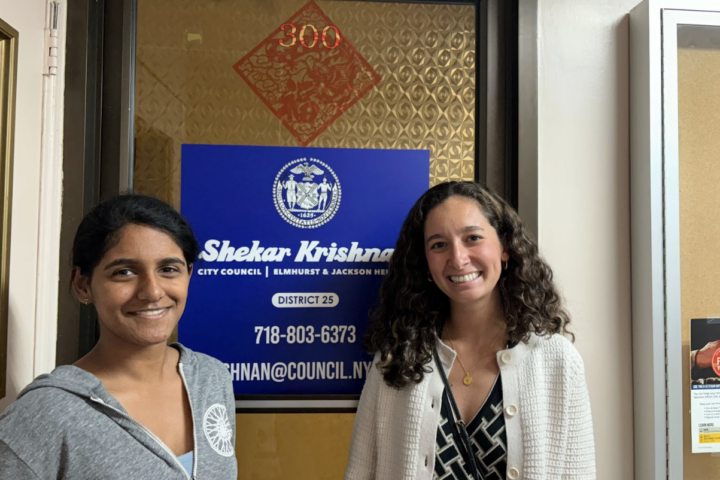
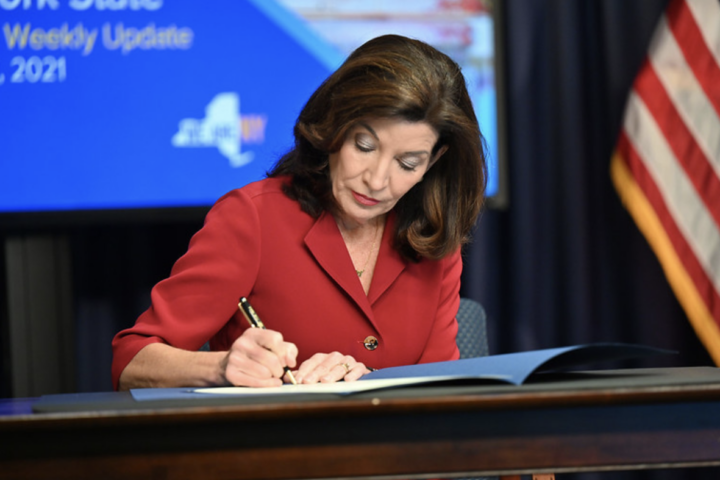
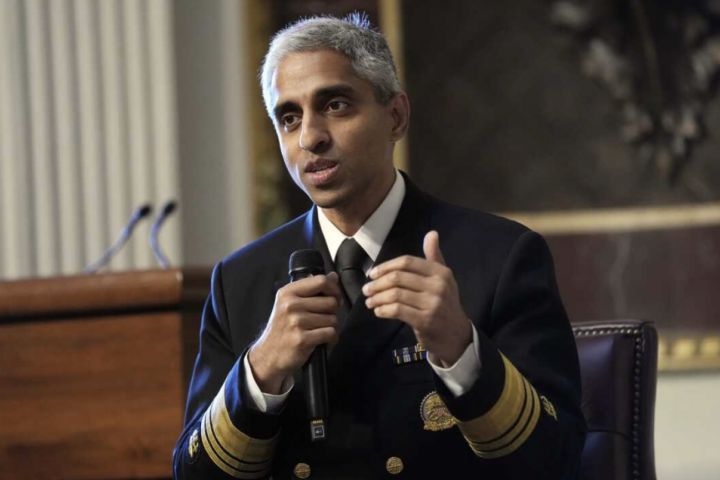
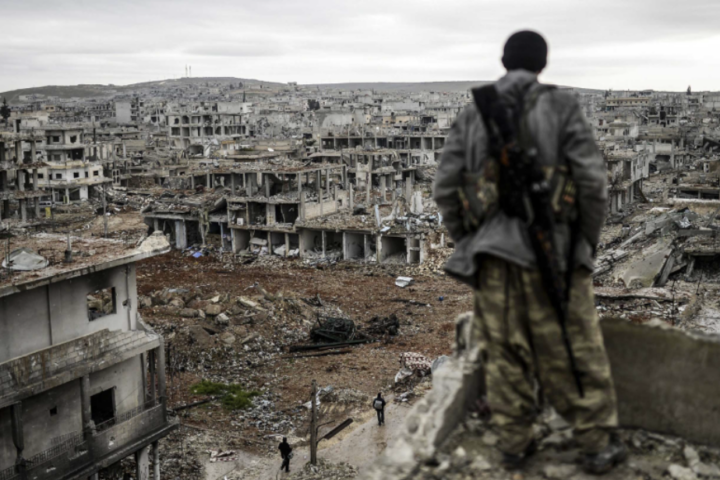
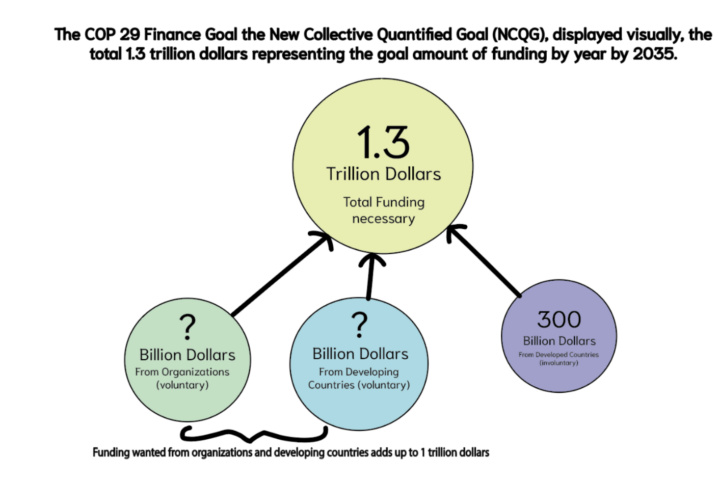
Wonderful work! I watch only two things everyday – Cuomo news conference is one of the two. Facts, facts, facts – he reminds us that it is possible to put people above politics and science, before opinion. Thank you for this excellent discussion!